Students Grapple with Dress Code Requirements
Cheri Risher, youth services center coordinator, assists students when possible with correcting dress code violations.
October 14, 2021
On a Monday morning at 8:20am kids with happy faces come piling into the doors of Great Crossing High School. Kids laugh and are greeted by staff and teachers. The smile then fades away for one young lady as she is stopped by a staff member and sent to the office for a dress code issue.
Having a dress code is a controversial topic among students and staff at Great Crossing. The most frequent violations of the current dress code come from ripped jeans, crop tops, and biker shorts, all of which are popular fashion trends.
At the beginning of the year all students received a student code of conduct booklet that referred to all rules and regulations at the school, including dress code. Teachers received the dress code requirements with students during the NEST period.
The staff and students at GCHS have mixed feelings about the school’s dress code.Jamie Haywood, a vice principal at Great Crossing, supports a dress code. “I believe our school’s dress code is fair. We do our best to try to prepare our students to dress appropriately for jobs in the real world. I feel like we have expectations set for all students, not any individual students.”
Lexi Rhodes, junior at Great Crossing, voiced her opinion about the dress code. She stated that most of the clothes she has don’t fit with the current dress code. “I feel the dress code is sexist and targeted toward the girls at the school. Girls have been dress coded way more than the boys, and if the dress code was truly gender neutral then the numbers of girls and guys who get dress coded would be similar. That makes me feel targeted and that the point of the dress code is to make women feel like they should be ashamed of their bodies and they need to cover up.”
When a student is identified for a dress code violation, they are first sent to Cheri Risher. She is the youth service center coordinator, and offers students clothing from her closet so that they can return to class. However, if Risher has nothing available that fits, the student is sent home. Risher stated “I see around two to three students everyday because of midriff and holes in their pants.” I believe our school’s dress code is fair. We do our best to try to prepare our students to dress appropriately for jobs in the real world. — Jamie Haywood, assistant principal
Risher believes students violate the dress code for different reasons. Some students want to push boundaries. Risher said, “Students are aware of dress code, and some already have the appropriate clothes packed just in case.”
But Risher also believes that for some students, they do not set out to be out of compliance. “Some students find it difficult to buy pants without holes or shirts that are long enough because it is the style,” she said. However, she offered this advice for students, “Students should better prepare for dress code by being aware of dress code requirements and try to find clothes that fit and are appropriate for the school’s dress code.”
Haywood believes that some students break the dress code for self-expression. She stated “I believe students want to express themselves and show individuality with their styles.”
Students hope for a year with a more flexible dress code, but until there is an official change, all students are expected to comply.



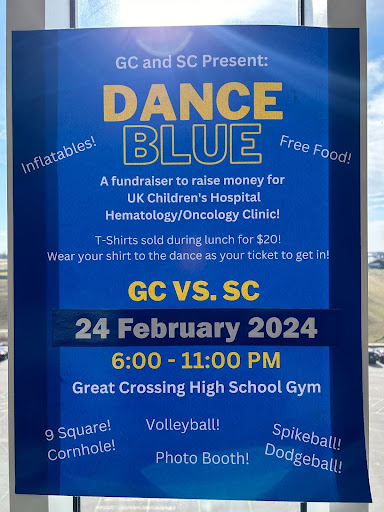
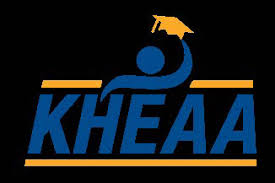


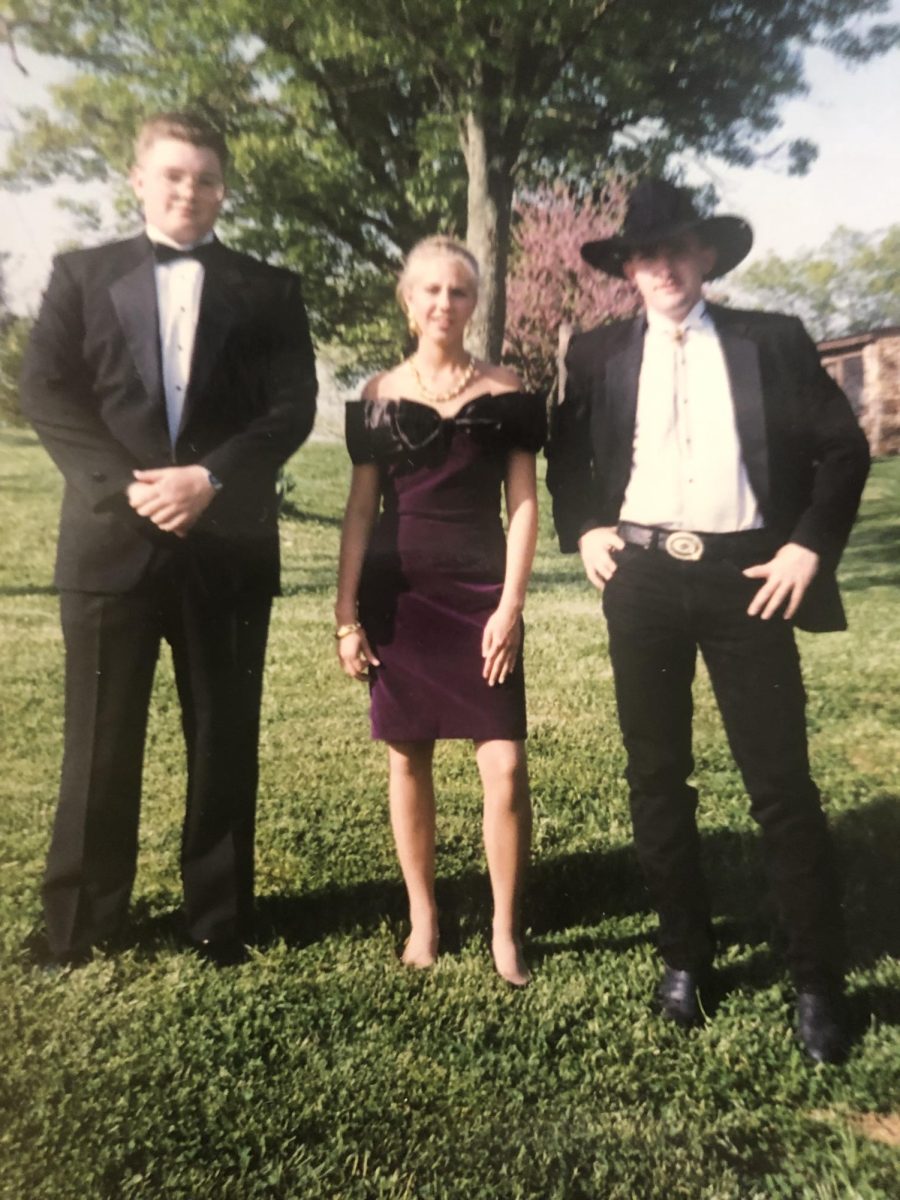


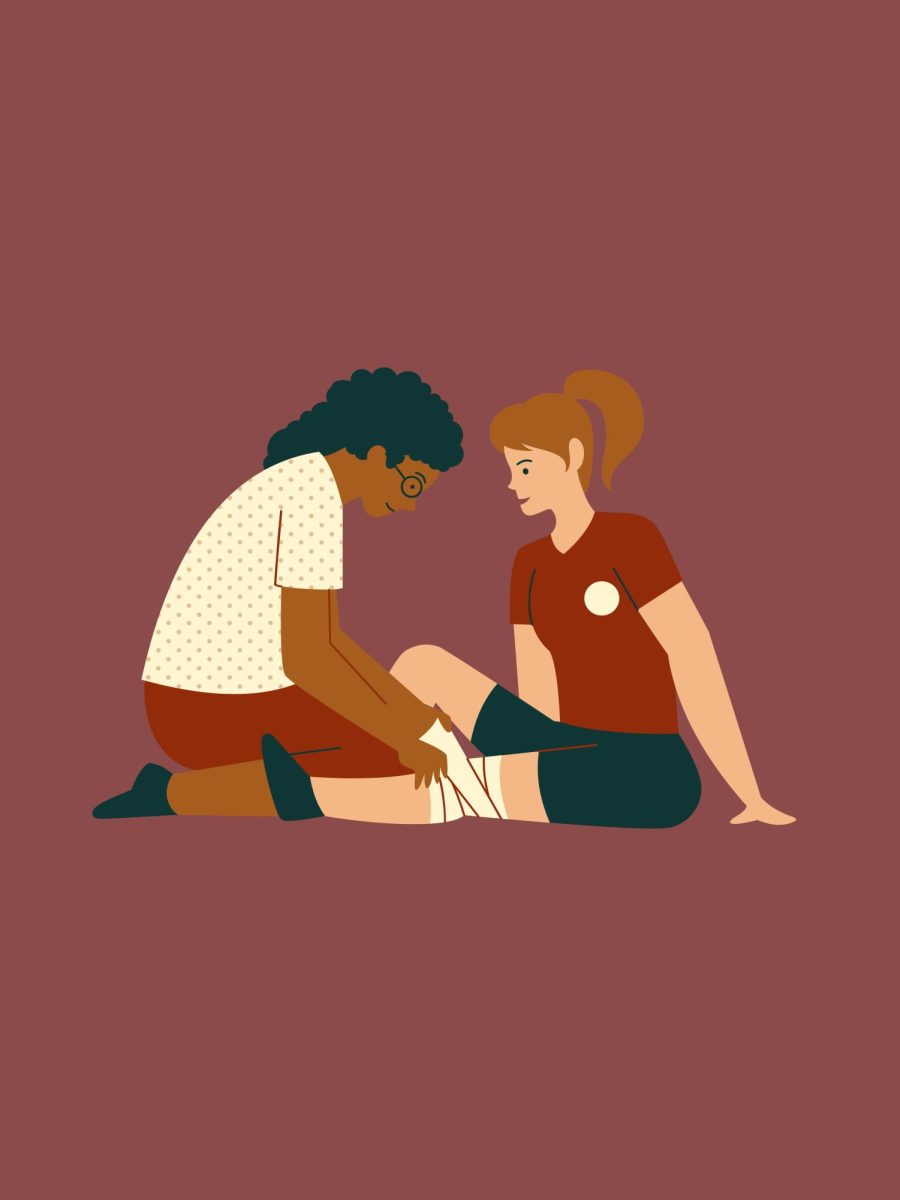
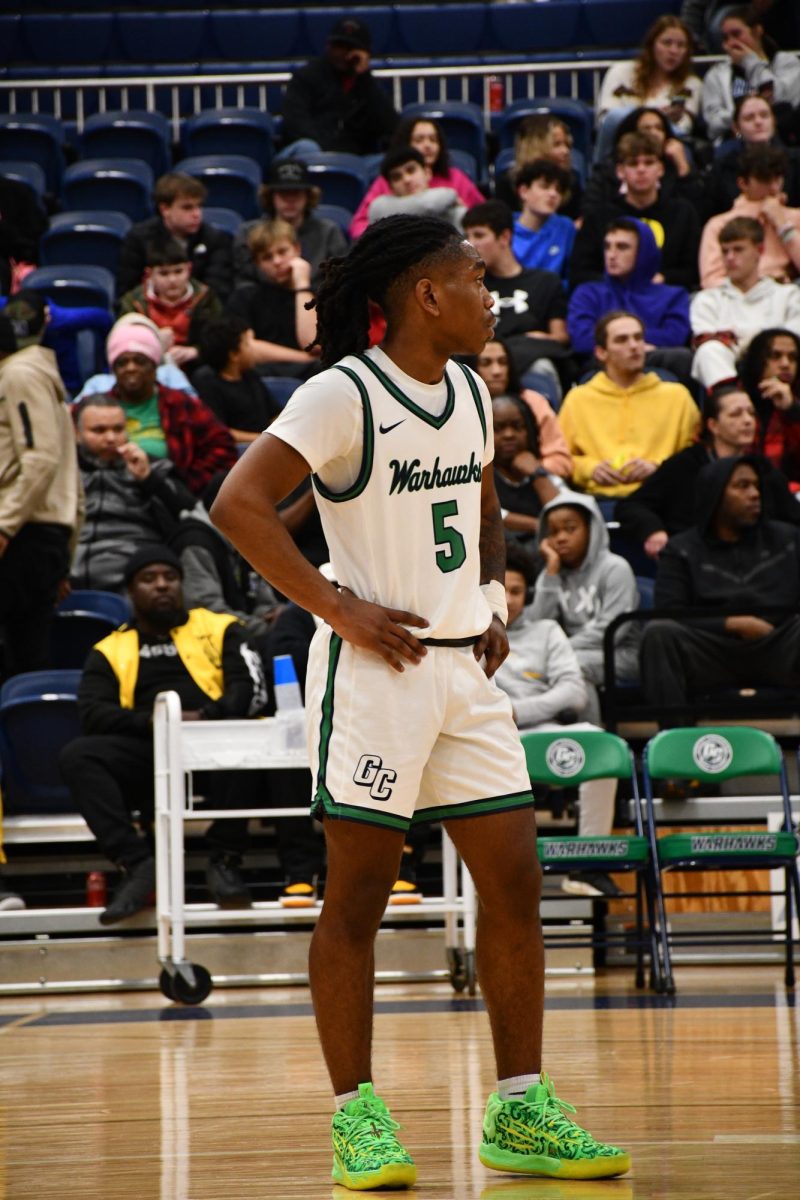
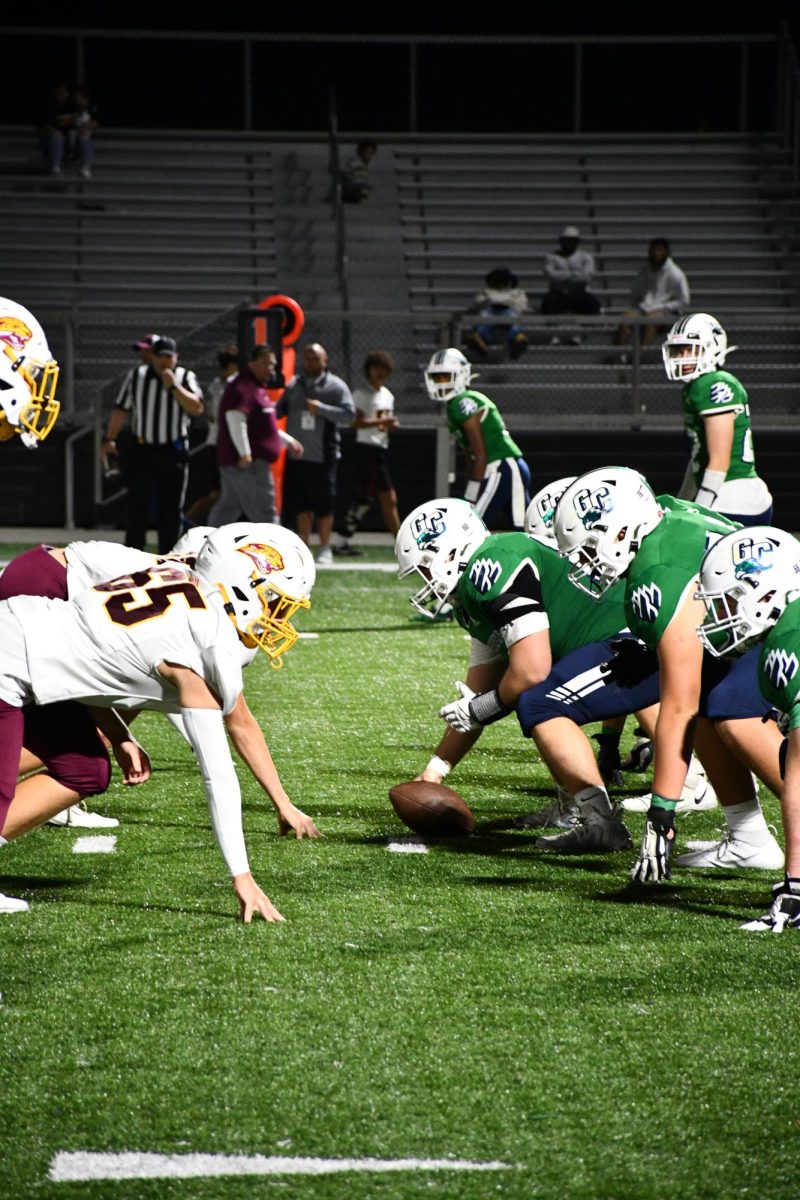
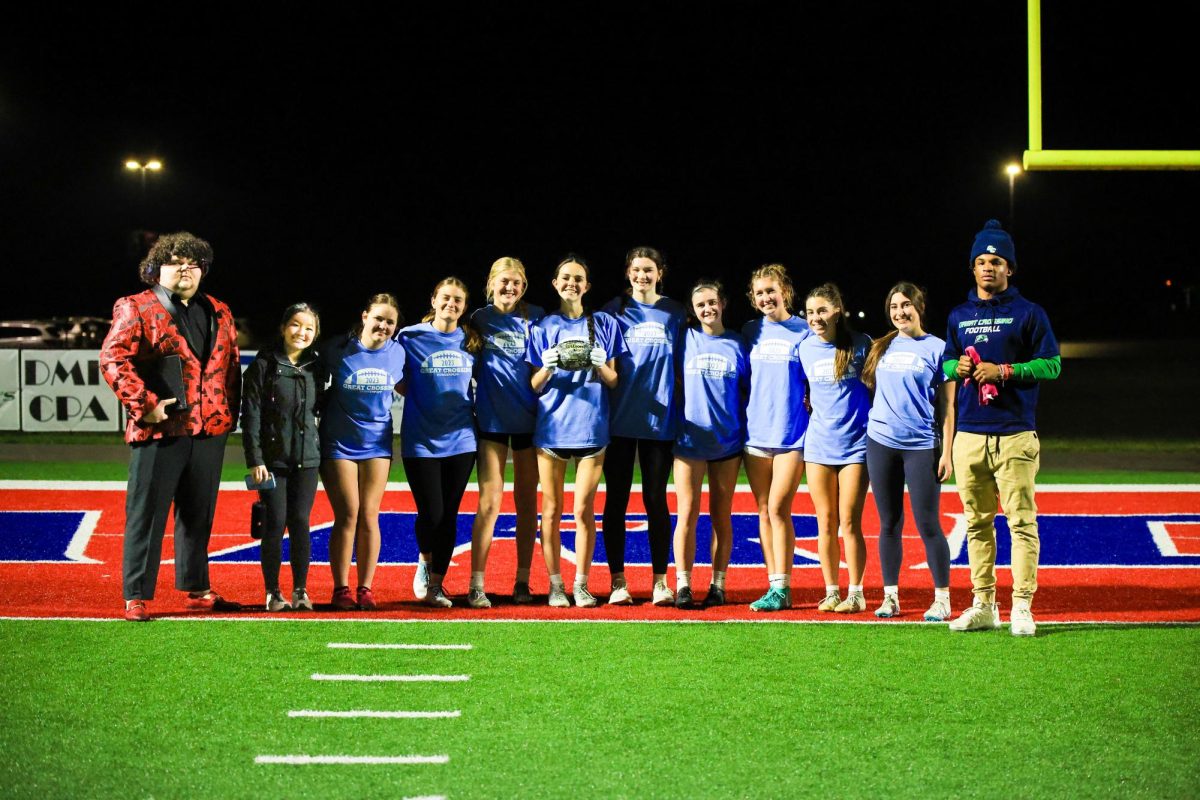
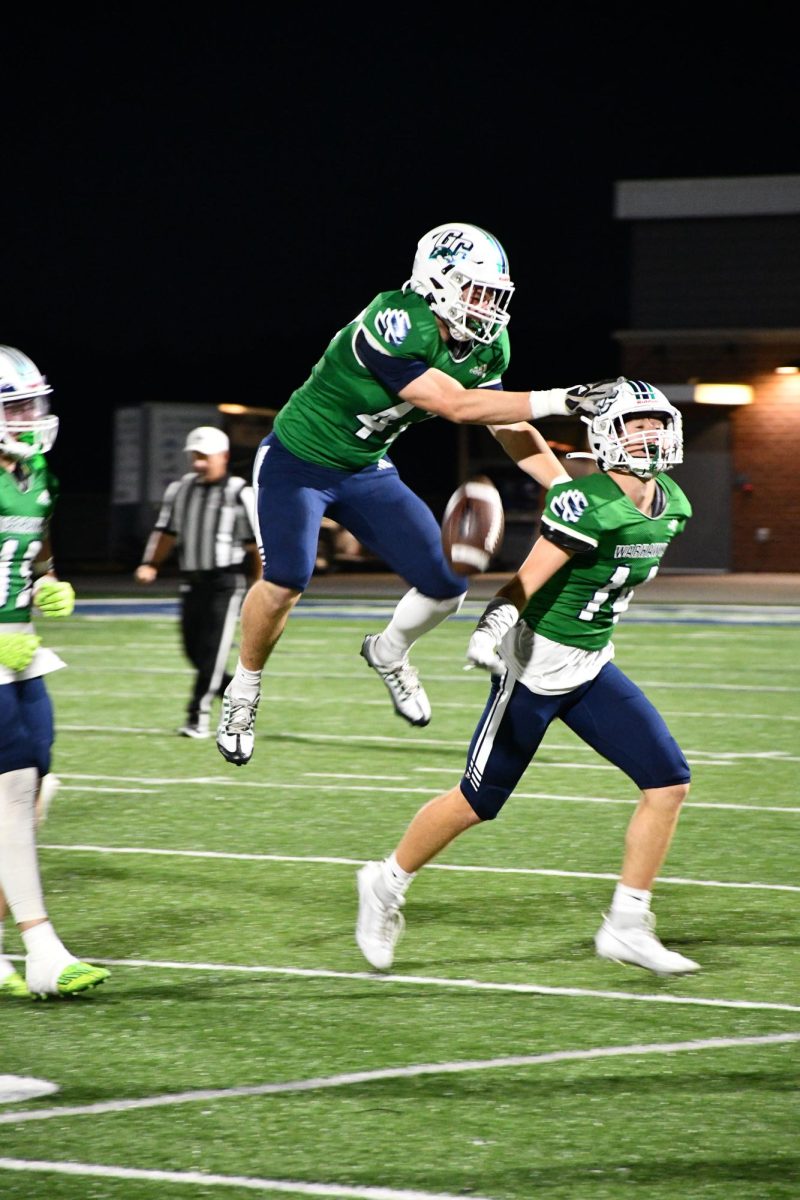
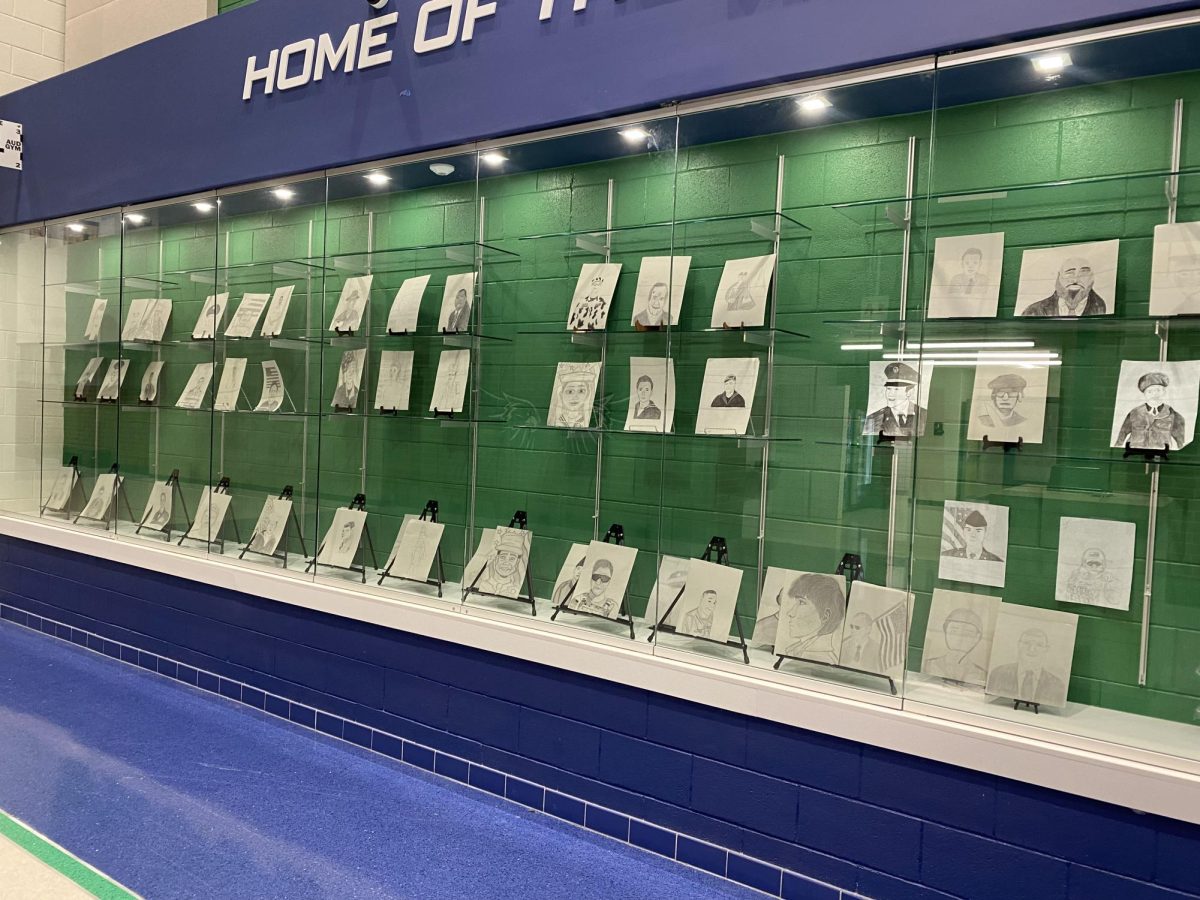

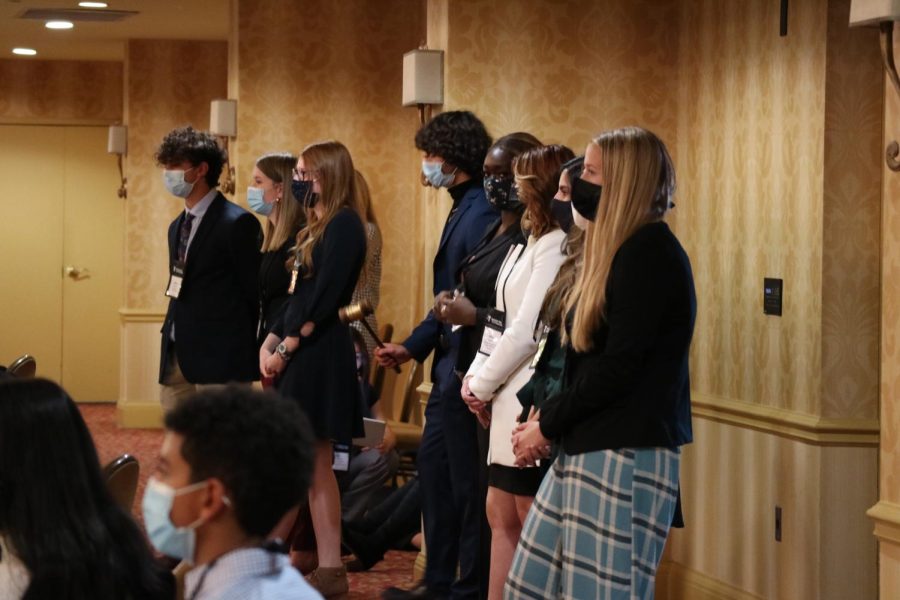











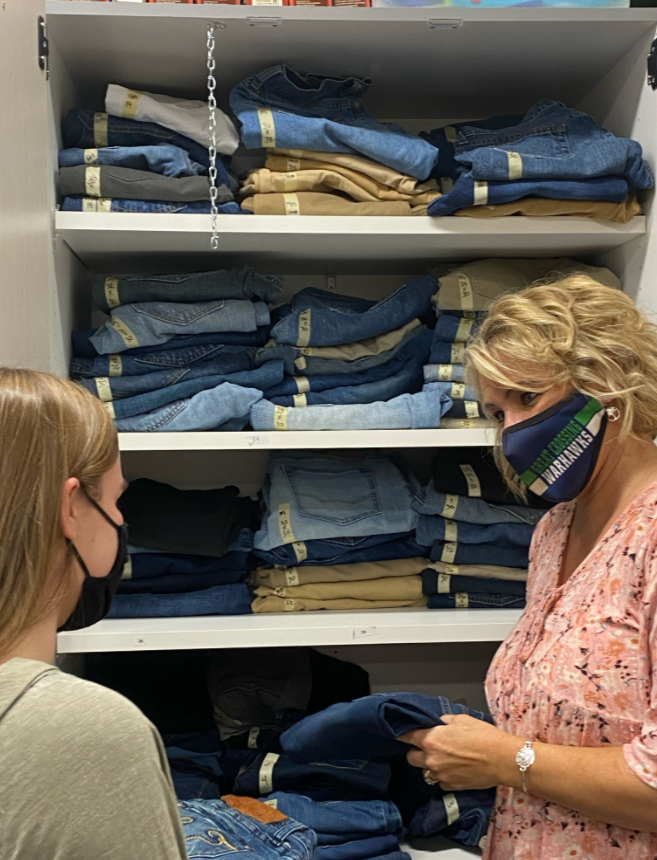
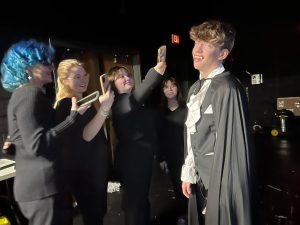
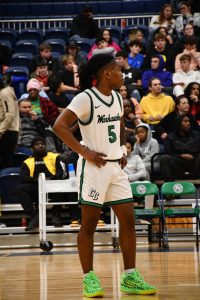


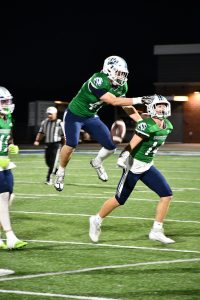
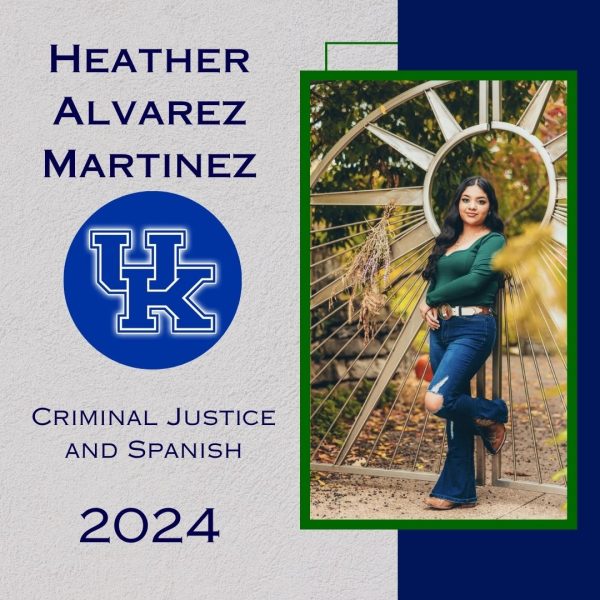
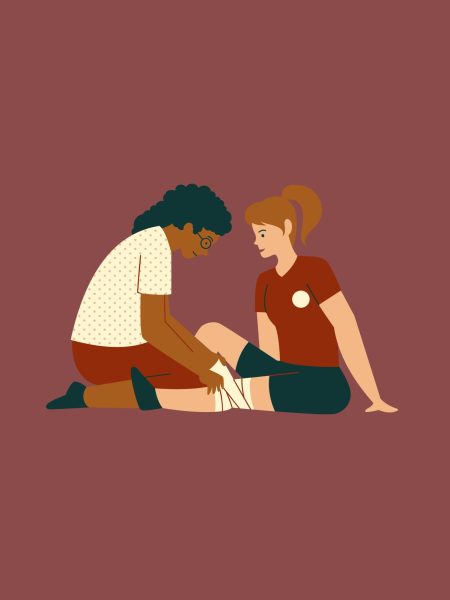




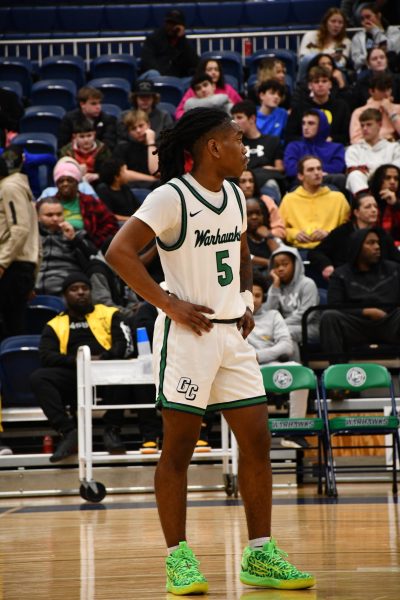



simara stamper • Dec 9, 2022 at 1:11 pm
i love that this article takes on a good topic about teens struggles with dress code but also shows seeing it from both sides
sierra • Dec 9, 2022 at 7:58 am
Great article, I love that you are covering such a controversial topic and seeing it from both sides as well as showing why we have a dress code.
Mr. Bruins • Nov 5, 2021 at 3:57 pm
Nice write up–appreciate hearing both sides of the story.
Emma Abell • Oct 19, 2021 at 3:20 pm
I give props to you it takes a very diverse writer to take on such a challenging topic and write it so well. The questions used for the interview must have been very in-depth because of how well the quotes ended up being . Keep up the great writing I hope I get read more of your work in the future.
Courtney Harris • Oct 15, 2021 at 8:43 am
First I just wanted to say this topic was very important and a great choice to talk about. I love how you explained that it shouldn’t matter what others are wearing and how people represent this thank you for speaking for the ones who wanna say something but are just too scared. Great job Skylar!
Alexis Stafford • Oct 15, 2021 at 8:34 am
This is a great way to explain the dress code. People have different feelings about weather we should or shouldn’t have a dress code. You did a great job explaining different reasons about dress code.
Annette Manlief • Oct 14, 2021 at 2:17 pm
This a difficult topic to take on. I appreciate the school paper covering it.